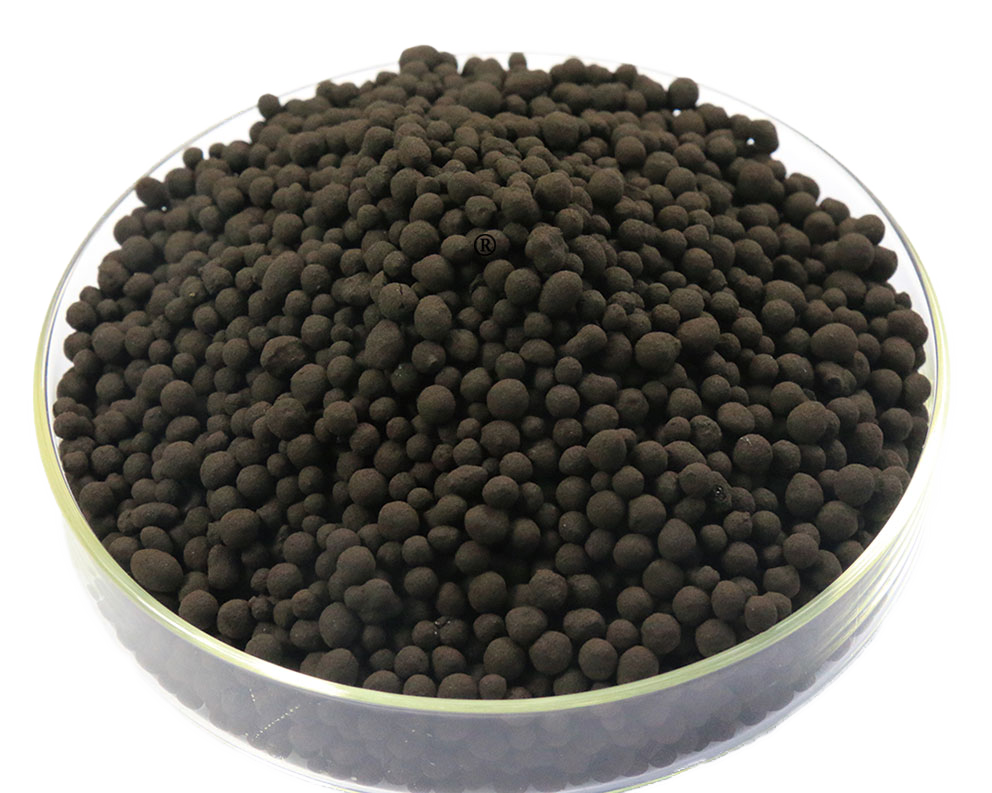What is humic acid?
Humic acid is a mixture of natural organic macromolecular compounds. Widely exist in nature, the proportion of humic acid in the soil is the largest. Soil humic acid is a heterogeneous and complex mixture of physico-chemistry. The molecular weight is polydisperse. The mixture is from natural, high molecular weight, yellow to black, Amorphous, colloidal, fatty and aromatic organic polyelectrolyte composition cannot be represented by a single chemical structural formula.
Where does humic acid come from?
A special kind of mixture of macromolecular organic compounds formed under the action. Coal humic acid is a mixture of macromolecular organic compounds formed by microorganisms decomposing and transforming plants and undergoing long-term geochemical action.
Common types and characteristics of humic acid
Humic acids commonly used as fertilizers are divided into lignite humic acid, weathered coal humic acid, and peat (grass humic acid). Lignite humic acid is the product of the second stage (diagenesis) in the coal formation process. Humic acid is not contained in the bituminous coal stage. The content of lignite humic acid is generally 1-85%. The appearance of lignite is brown, and a few are black. It can be divided into:
(1) Soil-like lignite: coalification degree is relatively shallow, carbon content is low, and humic acid content is relatively high, generally above 40%.
(2) Bright brown coal: The coalification is deeper, the carbon content is higher, and the humic acid content is lower, generally 1-10%.
(3) Dense brown coal: between (1) and (2), the general humic acid content can reach about 30%.
Weathered coal humic acid is the outcrop coal, commonly known as coal, which is generally close to or exposed to the surface of lignite, bituminous coal, and anthracite. It is a product formed by the osmotic weathering of air, sunlight, rain, snow, wind and sand, and freezing. The humic acid generated in this process becomes weathered coal humic acid, also called natural regenerated humic acid. The content of humic acid in weathered coal fluctuates greatly, ranging from 5 to 80%. Soil humic acid is innate, and it is mainly caused by plants in microorganisms
Peat (peat, peat, etc.) Humic Acid Peat is the initial stage of coal formation. It is also called peat. The content of humic acid in Chinese peat is 20-40%. The organic matter in peat is made up of undecomposed plant waste. And humic acid, the content of humic acid in Chinese peat is 20-40%.
What is the function of humic acid?
Humic acid is a kind of natural organic weak acid, which is composed of three parts: fulvic acid, kehumic acid and palm humic acid. Coal humic acid has similar structure and properties to humic acid in soil organic matter. The main elements of humic acid are carbon, hydrogen, oxygen, a small amount of nitrogen and sulfur, and a variety of functional groups.
The direct effect of humic acid: promote plant growth and increase crop yield. Indirect effects include physical, chemical and biological effects.
Physical function Improve soil structure; prevent soil cracking and erosion; increase soil water holding capacity and increase soil temperature; darken soil color, which is conducive to solar energy absorption.
Chemical action adjusts soil pH; improves and optimizes the absorption of nutrients and water by plants; increases soil buffering capacity; under alkaline conditions, it is a natural chelating agent (chelates with metal ions to promote the absorption of these metal elements by plants ); rich in organic matter and minerals necessary for plant growth; improve the solubility of organic fertilizers and reduce the loss of fertilizers; transform nutrients into a state that can be easily absorbed by plants.
In addition, it can strengthen the absorption of nitrogen by plants, reduce the fixation of phosphorus, protect and store the elements such as nitrogen, phosphorus and potassium in the soil, and accelerate the process of nutrient elements entering the plant body, improving the efficiency of inorganic fertilizers. Application effect, therefore, humic acid is the ”reservoir” of plant nutrients and physiologically active substances.
Biological effects Stimulate the growth and reproduction of beneficial microorganisms in the soil; improve the natural disease resistance and pest resistance of plants.
Post time: Dec-23-2021






